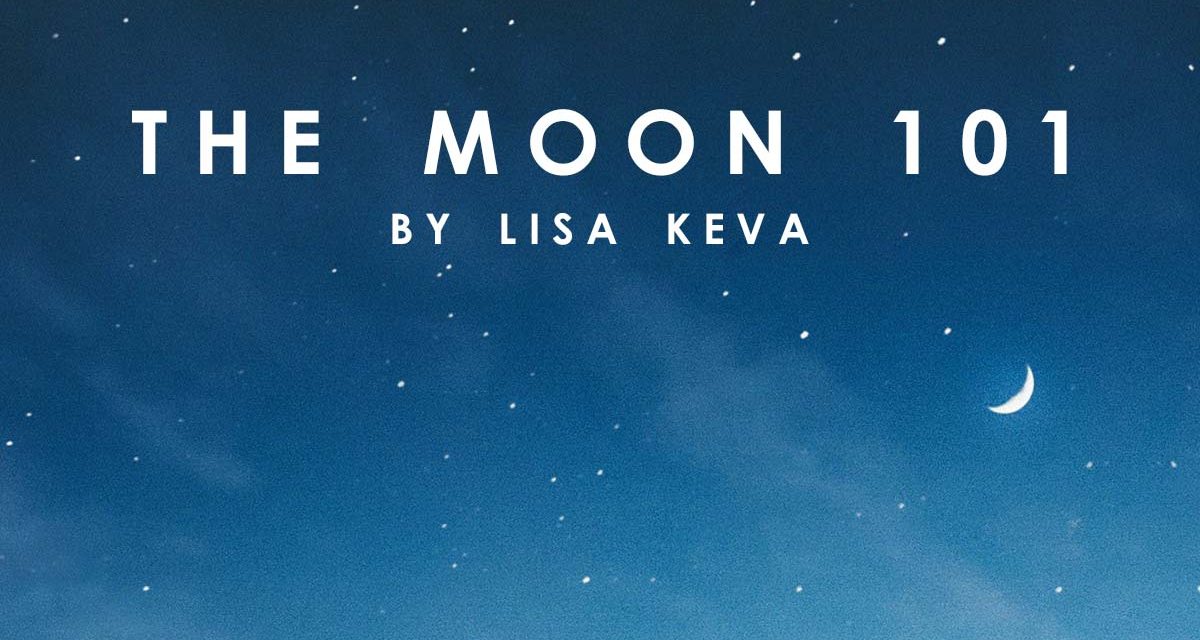Gazing up into the night sky, do the Moon and stars catch your little one’s eye? How about sharing a little Astronomy with your offspring and bring the wonder of God’s creation to the forefront?
What is the Moon?
The Moon is an astronomical body that orbits the Earth as its only natural satellite. The definition of a satellite is any object that moves in a curved path around a planet.
The Bible mentions the Moon in several places. The most memorable is in Genesis. God said, “Let there be lights in the expanse of the heavens to separate the day from the night and let them be for signs and for seasons and for days and years… God made the two great lights, the greater light to govern the day, and the lesser light to govern the night; He made the stars also. God placed them in the expanse of the heavens to give light on the earth, and to govern the day and the night, and to separate the light from the darkness; and God saw that it was good.
It was good indeed!
Here are some other facts about the marvelous moon!
- It takes approximately 27 days for the Moon to travel all the way around the Earth in a complete orbit.
- Although the Moon shines bright during the night, it doesn’t produce its own light. We see the Moon because it reflects the light from the Sun.
- The temperature on the Moon can vary from super hot to super cold! Temperatures range from a scorching 248°F to a freezing -238°F!
- Like Earth, the Moon has gravity. Gravity is the force that pulls things towards the ground. However, the Moon’s gravity is much weaker. It’s only one-sixth of the Earth’s! In fact, you’d weigh much less if you were to stand on the Moon!
- Our marvelous moon can look different depending on when you view it. These different times are called “phases”. The four moon phases are called “New”, “1st Quarter”, “Full”, and “Last or 3rd Quarter. These phases have to do with the locations of the sun, the moon, and the earth in the Moon’s monthly orbit around the earth.
- How did the Moon form? Though scientists aren’t entirely sure, one popular theory is that a Mars-sized rock, named Theia, crashed into Earth. The debris from the collision clumped together to make what is now our Moon.
In the Bible we also see that the Moon marked the time of harvest, seasons, and festivals.
“From new moon to new moon, and from Sabbath to Sabbath, all flesh shall come to worship before me, declares the Lord.” Isaiah 66:23
“Sing aloud to God our strength; shout for joy to the God of Jacob! Raise a song; sound the tambourine, the sweet lyre with the harp. Blow the trumpet at the new moon, at the full moon, on our feast day.” Psalm 81:2-4
“He made the moon to mark the seasons; the sun knows its time for setting.” Psalm 104:19
“Blow the trumpet at the new moon, at the full moon, on our feast day.” Psalm 81:3
Nowadays we use calendars and clocks to help keep track of the hours, days, months, and seasons. Isn’t it interesting to learn about the marvelous Moon and the role it played in ancient life?
Check out these Astronomy resources at Rainbow Resource Center!





